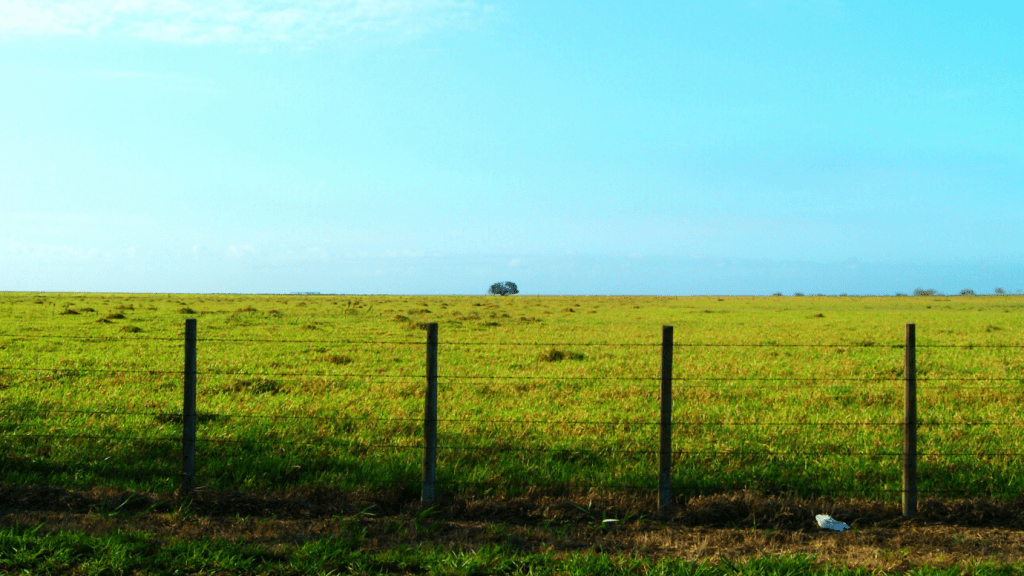There is a lot going on below ground, says Hamilton-based Soil Scientist Dr Gordon Rajendram
The leaching of nutrients in soils generally occurs between the months of April – October, and there is a lot going on below ground, more than we imagine. This article explores the effect of rate of nitrogen fertiliser on cation and anion leaching under intensively grazed dairy pasture which can have far reaching effects on […]

